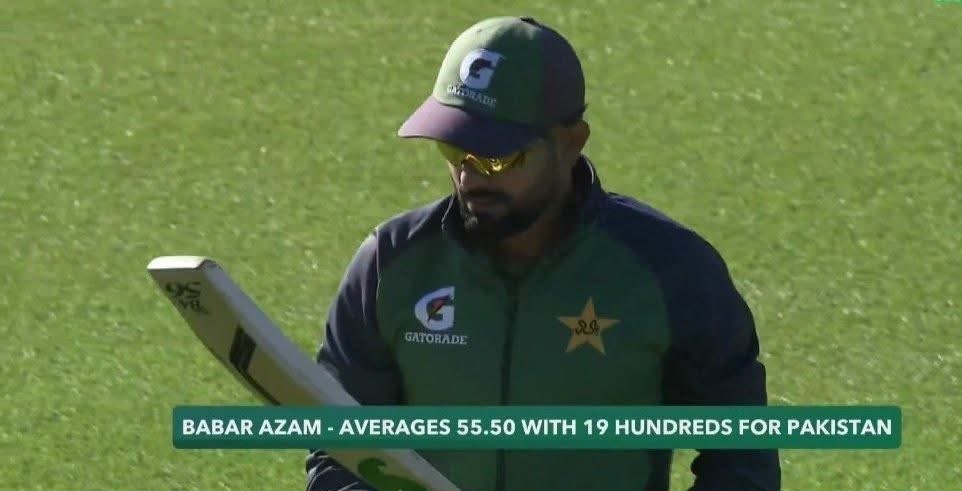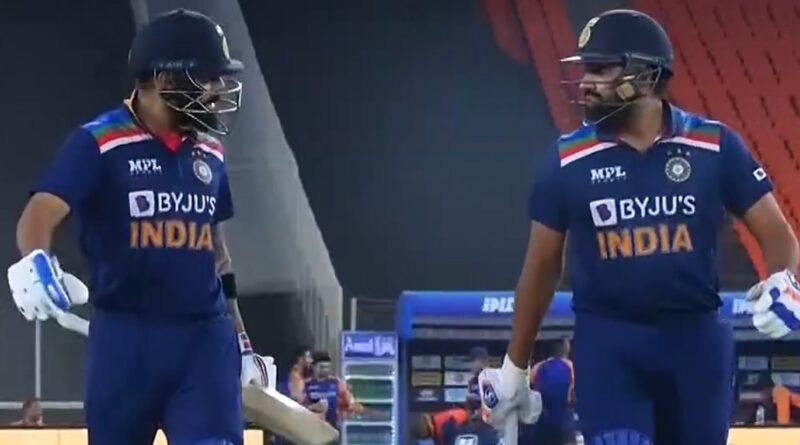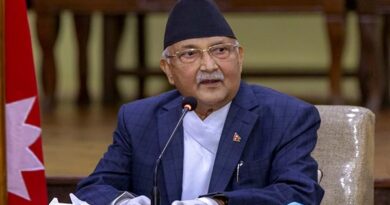Asia Cup 2025: India, Pakistan usher in new era without Kohli, Rohit, Babar
Shubman Gill, Suryakumar Yadav, and Salman Ali Agha lead a generational shift as both teams face the challenge of replacing T20 legends in the UAE tournament.
The Asia Cup 2025, starting September 9 in the UAE, marks a pivotal moment for Indian and Pakistani cricket. With Virat Kohli, Rohit Sharma, and Ravindra Jadeja retiring from T20Is after India’s 2024 T20 World Cup triumph, and Pakistan dropping Babar Azam and Mohammad Rizwan, both teams are entering a new phase. Shubman Gill steps into Kohli’s role as a top-order anchor, Suryakumar Yadav takes on Rohit’s captaincy mantle, and Salman Ali Agha leads a revamped Pakistan side. This explainer delves into how these teams are navigating the transition and the challenges ahead.

Why Is This Asia Cup a Turning Point?
India’s T20 World Cup victory on June 29, 2024, ended a 17-year title drought but also closed a chapter with the retirements of Kohli, Sharma, and Jadeja. Kohli, the second-highest run-scorer in T20I history, bowed out as Player of the Match in the final with a crucial 76. Rohit, the format’s top run-getter globally, retired as the only Indian to win the T20 World Cup as both player and captain. Jadeja, a versatile all-rounder, left a void in spin, batting, and fielding.
Pakistan, meanwhile, made a bold move by excluding Babar Azam and Mohammad Rizwan due to their low T20I strike rates of 129 and 125, respectively. Coach Mike Hesson emphasized the need for a more aggressive approach, ushering in younger players like Mohammad Haris and Saim Ayub. The Asia Cup, held in T20 format this year, will test whether these new-look squads can fill the shoes of their predecessors.
Who Replaces Kohli’s Batting Prowess?
Shubman Gill, named vice-captain, is tasked with anchoring India’s top order, much like Kohli. With only 21 T20Is, scoring 578 runs at a strike rate of 139, Gill has limited experience but showed promise with a century and three fifties. His role, either as an opener or at No. 3, will be critical, especially after missing the 2024 T20 World Cup squad. His recent Test form, including 754 runs against England, bolsters his case, but replicating Kohli’s consistency in high-pressure games remains a challenge.
Can Suryakumar Match Rohit’s Leadership?
Suryakumar Yadav, India’s T20I captain, inherits Rohit’s dual role of leading the side and driving the batting. With 18 wins in 22 matches as captain, Suryakumar has a strong start. Batting at No. 3 or 4, he boasts 2,598 runs in 83 T20Is at a strike rate of 167, including four centuries. Opener Abhishek Sharma, with 535 runs in 17 T20Is at a strike rate of 193.84, fills Rohit’s aggressive opening role. Together, they aim to maintain India’s attacking intent, but Suryakumar’s ability to strategize in a major tournament will be under scrutiny.
Who Steps Up for Jadeja’s All-Round Role?
Axar Patel emerges as India’s primary spin-bowling all-rounder, replacing Jadeja. With 71 wickets and 535 runs in 71 T20Is, Axar has proven his worth, notably with a key partnership in the 2024 T20 World Cup final. While Jadeja’s fielding brilliance is irreplaceable, Axar’s left-arm spin and middle-order batting make him a strong fit. His consistency will be vital in spin-friendly UAE conditions.
How Is Pakistan Adapting Without Babar and Rizwan?
Pakistan’s decision to drop Babar, the world’s second-highest T20I run-scorer with 4,223 runs, and Rizwan, with 3,414 runs, reflects a shift toward high-impact batting. Newcomers like Mohammad Haris (422 runs, strike rate 138), Hasan Nawaz (417 runs, strike rate 167), and Saim Ayub (799 runs, strike rate 138) bring aggression. Salman Ali Agha, the new captain, will rely on these players, alongside pace spearheads Shaheen Shah Afridi and Haris Rauf, to challenge India and others.
What Are the Likely Line-Ups?
India: Suryakumar Yadav (c), Abhishek Sharma, Shubman Gill, Tilak Varma, Jitesh Sharma (wk), Hardik Pandya, Shivam Dube, Axar Patel, Kuldeep Yadav/Varun Chakaravarthy, Arshdeep Singh, Jasprit Bumrah.
Pakistan: Salman Ali Agha (c), Fakhar Zaman, Saim Ayub, Sahibzada Farhan, Hasan Nawaz, Mohammad Haris (wk), Mohammad Nawaz, Faheem Ashraf, Shaheen Shah Afridi, Haris Rauf, Sufiyan Muqeem/Abrar Ahmed.
Why Does the Asia Cup Format Alternate?
Since 1984, the Asia Cup has alternated between ODI and T20 formats, aligning with the upcoming World Cup cycle. The 2023 edition was in ODI format ahead of the ODI World Cup, while 2025’s T20 format prepares teams for the 2026 T20 World Cup in India and Sri Lanka. This 17th edition, hosted in the UAE due to geopolitical tensions, pits India and Pakistan in Group A alongside UAE and Oman, setting the stage for a high-stakes clash on September 14.
What Lies Ahead?
With India defending their title and Pakistan aiming to reclaim dominance, the Asia Cup 2025 is a litmus test for both teams’ new generations. Gill, Suryakumar, and Salman must prove they can lead under pressure, while young batters face the challenge of matching the output of departed legends. As the tournament unfolds, the focus will be on whether these squads can redefine their T20 legacies.




